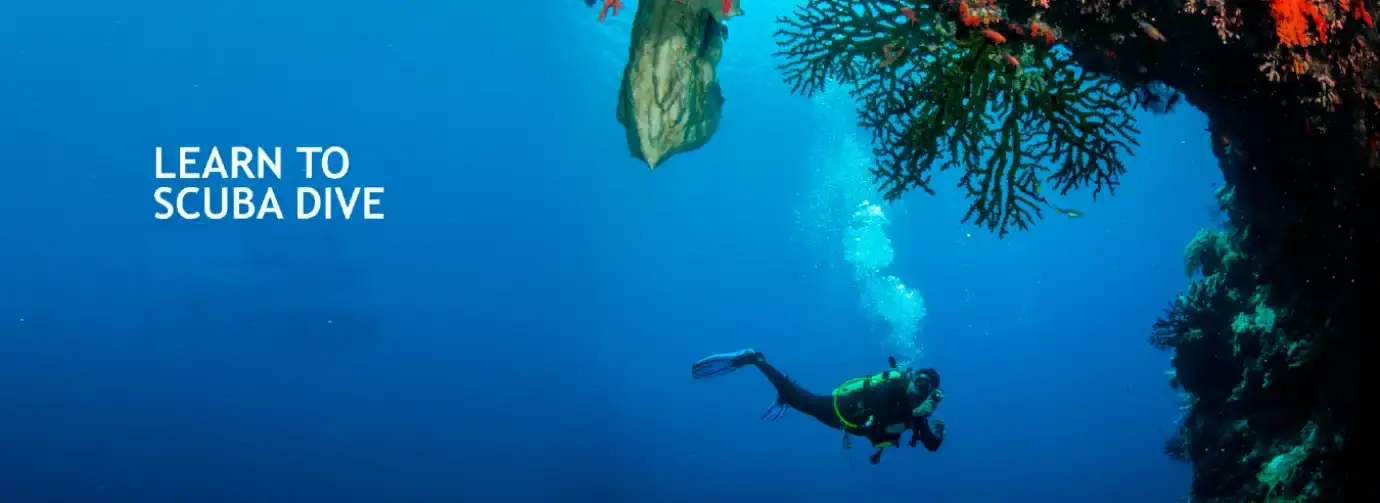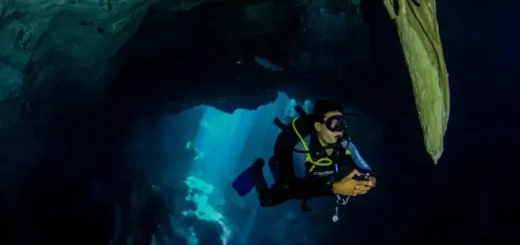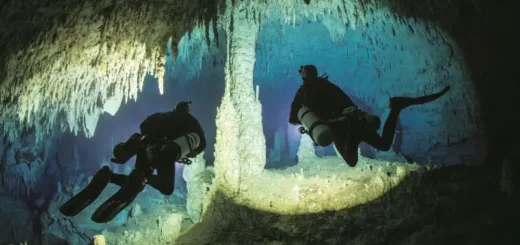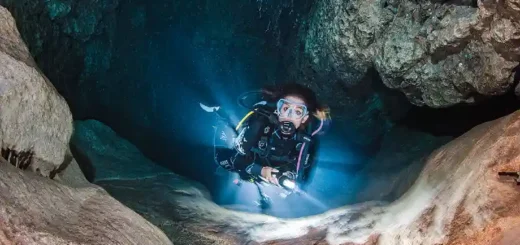Cave Diving In New Zealand
Cave diving is an exhilarating and challenging type of diving that requires specialized training and equipment. For those who are new to cave diving in New Zealand, it can be daunting to know where to start. That’s why we’ve put together this comprehensive guide to help beginner cave divers in NZ understand the basics of cave diving, the best practices for diving in New Zealand and the top locations for cave diving in the country.
Training For Cave Diving
First and foremost, it’s important to understand that cave diving is different from open water diving. In a cave, divers are surrounded by darkness and tight spaces, and the environment is more fragile. As a result, cave divers must be properly trained and equipped to handle the unique challenges of cave diving. It’s essential to obtain the proper certifications and training before attempting to cave dive. Organizations such as the National Association of Cave Diving and the International Association of Nitrox and Technical Divers offer cave diver training programs that certify divers to safely explore underwater caves.
Cave Diving Equipment
When it comes to equipment, cave diving requires specialized gear such as a full face mask, sidemount configuration, and dive lights. Additionally, it’s important to invest in good quality gear that is well-maintained and fit for the purpose. A study conducted by the New Zealand Cave Diving Group found that divers who used properly maintained and serviced equipment had a significant decrease in equipment failure and an increase in diving safety.
Planning a Cave Dive
Navigating the cave system is another important aspect of cave diving. In a cave, it’s easy to lose your sense of direction, so it’s essential to have a good understanding of the cave system and to have a dive plan in place. Additionally, it’s important to carry a compass, a reel, and a guideline to help navigate the cave system. A survey of experienced cave divers in New Zealand found that divers who had a solid understanding of the cave system and a well-planned dive were significantly less likely to get lost or disoriented in the cave.
Cave Diving Safety
Safety is of the utmost importance when it comes to cave diving. Before entering the cave, it’s important to establish clear communication protocols with your dive buddy and to use hand signals to communicate underwater. Additionally, it’s important to carry emergency equipment such as a spare light and a lift bag. A study by the New Zealand Cave Diving Association found that divers who followed established safety protocols had a significantly lower incidence of accidents and emergency situations.
Now that you have a better understanding of the basics of cave diving, let’s take a look at some of the top locations for cave diving in New Zealand.
- Cave diving in the Riwaka Caves, as well as other cave systems in New Zealand, is possible but requires advanced skills and experience. It’s essential that divers have a cave diving certification and should be familiar with the specific hazards of cave diving, such as low visibility and tight spaces. Cave diving is a specialized type of diving that requires a different set of equipment and training, and it’s not recommended to attempt cave diving without the guidance of a professional cave diving instructor. It’s important to note that diving in any cave system can be dangerous and should only be done by properly trained and certified divers.
Cave Diving
It’s important to keep in mind that cave diving is a challenging and potentially dangerous activity, so it’s essential to obtain the proper training and certifications before attempting to dive in any of these locations. With the right training, equipment, and safety precautions, beginner cave divers in NZ can enjoy the beauty and adventure that cave diving has to offer.




